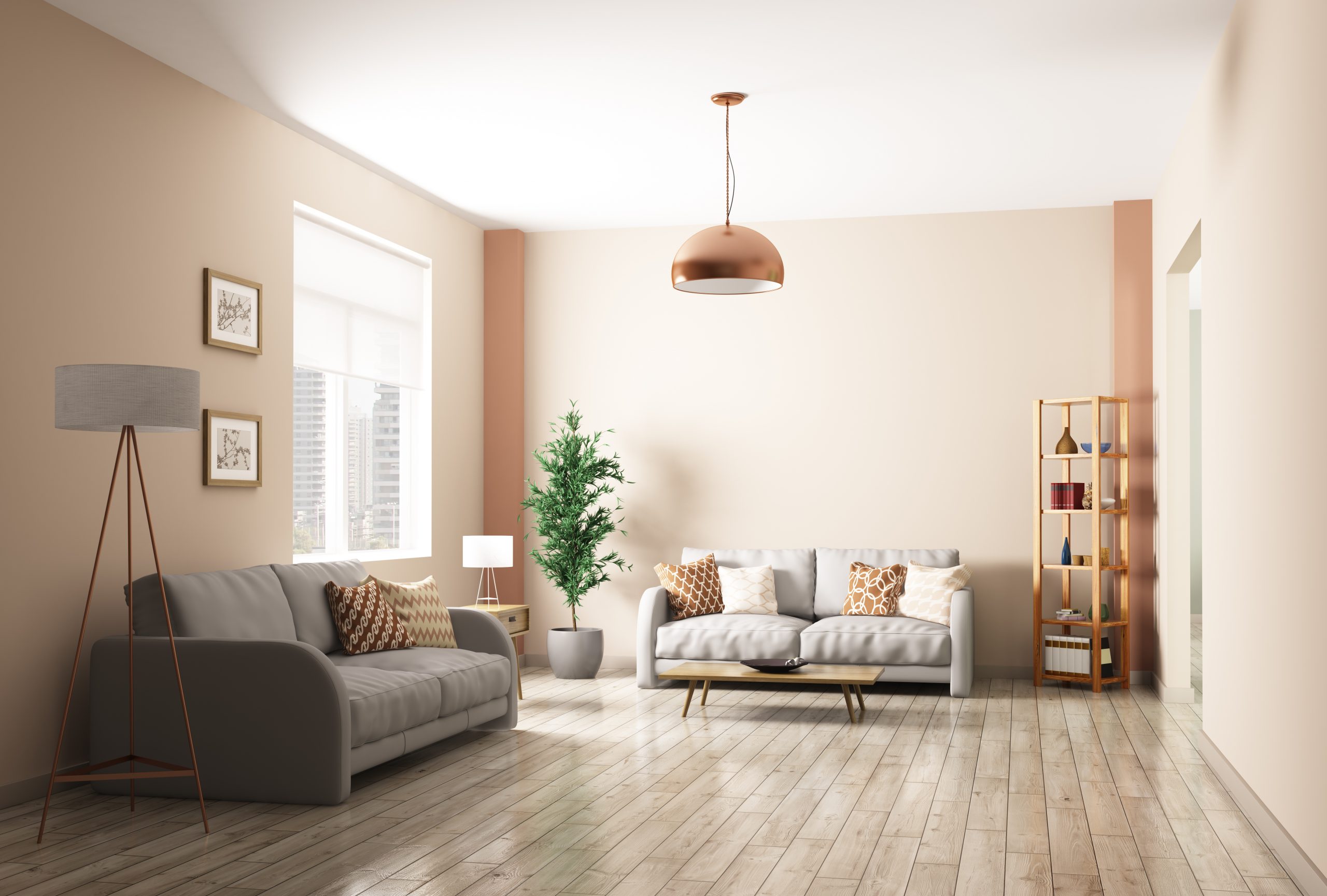
Simple tricks
- You might remember your mother telling you to put an extra layer on, or get your bed ready with a hot water bottle and an extra blanket. These are simple tricks that cost nothing but make a significant difference to how much energy you use to keep your house warm. Consider investing in some winter staples for your family; a few good woollen jumpers and socks, some warm woolly boots and a hand-knitted water bottle cover for cooler nights.
Zone your home
- Most of us use only a few rooms in our house most of the time. Section off areas that you are not using (such as bathrooms, kitchens and spare bedrooms) to generate heat and maximise energy efficiency in the other rooms.
Draught proof
- Cold air travels through wall cracks, glass panels and under doorways and air vents in your home. It is worth investing in a few fuzzy door snakes to block floor draughts and seal gaps and cracks on walls, floors and ceilings throughout the house. Also consider checking fans, vents and other outlets as possible outlets for wind and draughts throughout the home.
Get cosy
- Warmth can be generated in any interior environment with the right furnishings intact – keep soft, woollen rugs on the floor, opt for wall hangings – bookshelves, mirrors or even a hung piece of fabric or tapestry and it will provide an extra layer of insulation to your room.
Heat with the sun
- Sunny days are a great opportunity to let sunlight and radiant heat pass through your windows. North-facing windows in particular will be a great source of sunlight and warmth, so try to keep them uncovered during the peak periods of the day, and close them again at night.
Place a timer on your heating system
- Try to choose a heating system that is as energy efficient as possible. If you are using plug-in heaters, make sure that they are appropriate for the area that they are heating.
- The key aspect of home heating systems is that you maximise their heating output by retaining the heat that they produce within your home, and turn them off or down when they are not needed. Many heaters come with an automatic timer that can be used to switch off, or reduce the heat overnight. For stand-up, plug-in heaters, you can also purchase a simple timer from a hardware store, which will attach to the power outlet.
Use less hot water
- Hot water use can account for up to 18 per cent of the energy consumed in your home. You can cut back on hot water use by opting for shorter showers, washing clothes on a cold cycle and installing an energy efficient showerhead. A cheap and cheerful shower timer has worked wonders in our household.
Check your home appliances
- Wherever possible, try to choose energy efficient appliances for your home and make sure that you are using them effectively. Appliance use can account for up to 30 per cent of home energy use, so it is worth checking that they are being sourced and used correctly.
- Energy wastage often occurs when appliances are left on standby, or are used at a higher velocity than necessary. Try making it a habit to always turn them off at the switch and check that they are being used for maximum energy efficiency.
Keep your blinds drawn
- Up to 40 per cent of the heat escaping from your home is from uncovered glass windows. Opt for heavy blinds and curtains (or a combination of both) which can extend fully over the window frame.
- South-facing windows, and those that are single-glazed, can be particularly frosty. Try to keep blinds and shutters drawn as frequently as possible during wintertime, and always remember to close blinds at sunset throughout the house.
- Check that your home is well insulated
- Winter is an excellent time to check that your home is properly insulated. A well-insulated house can use as much as 45 per cent less energy for heating and cooling throughout the year! Check that your home is properly insulated and consider installing or updating batts in your roof and flooring.
